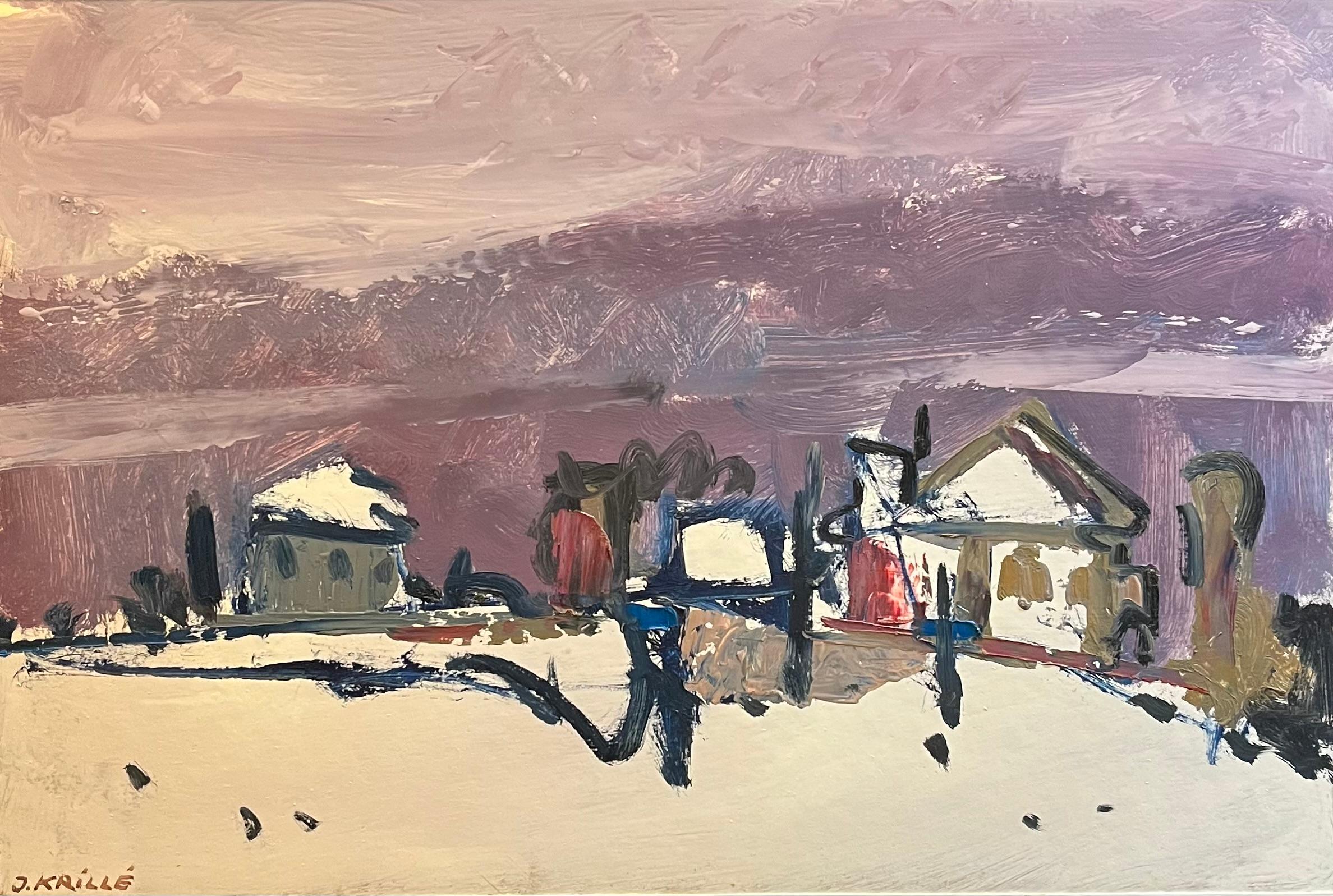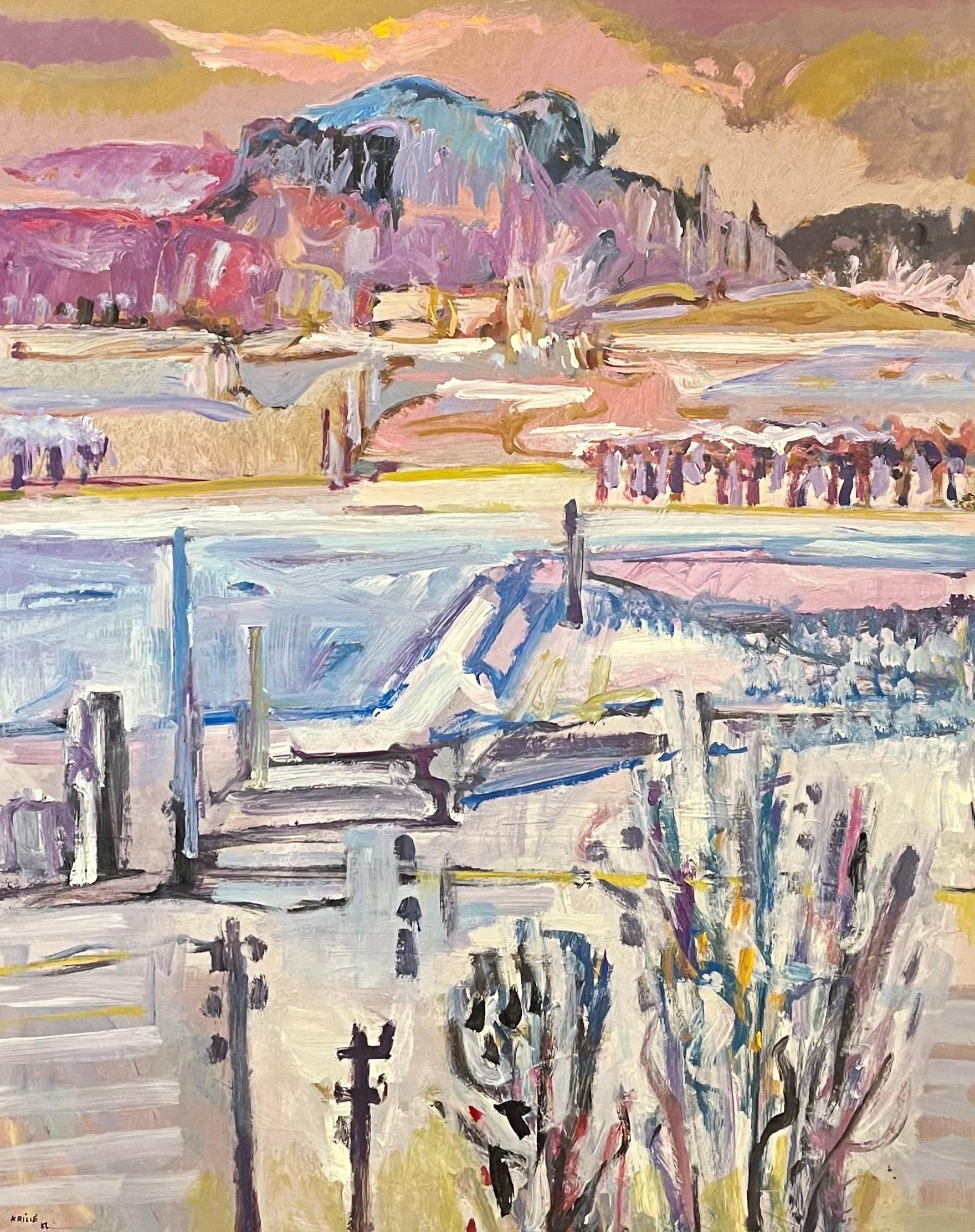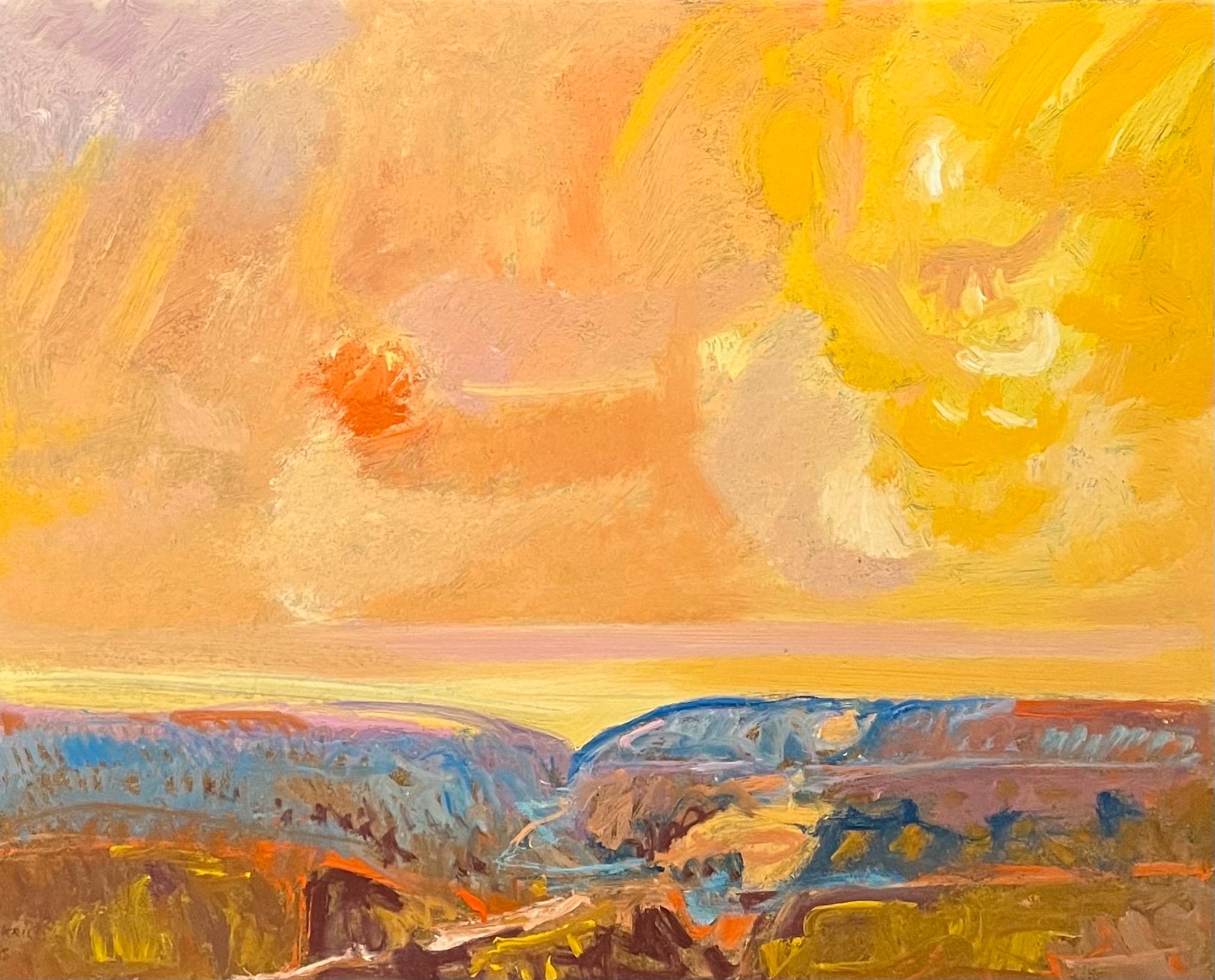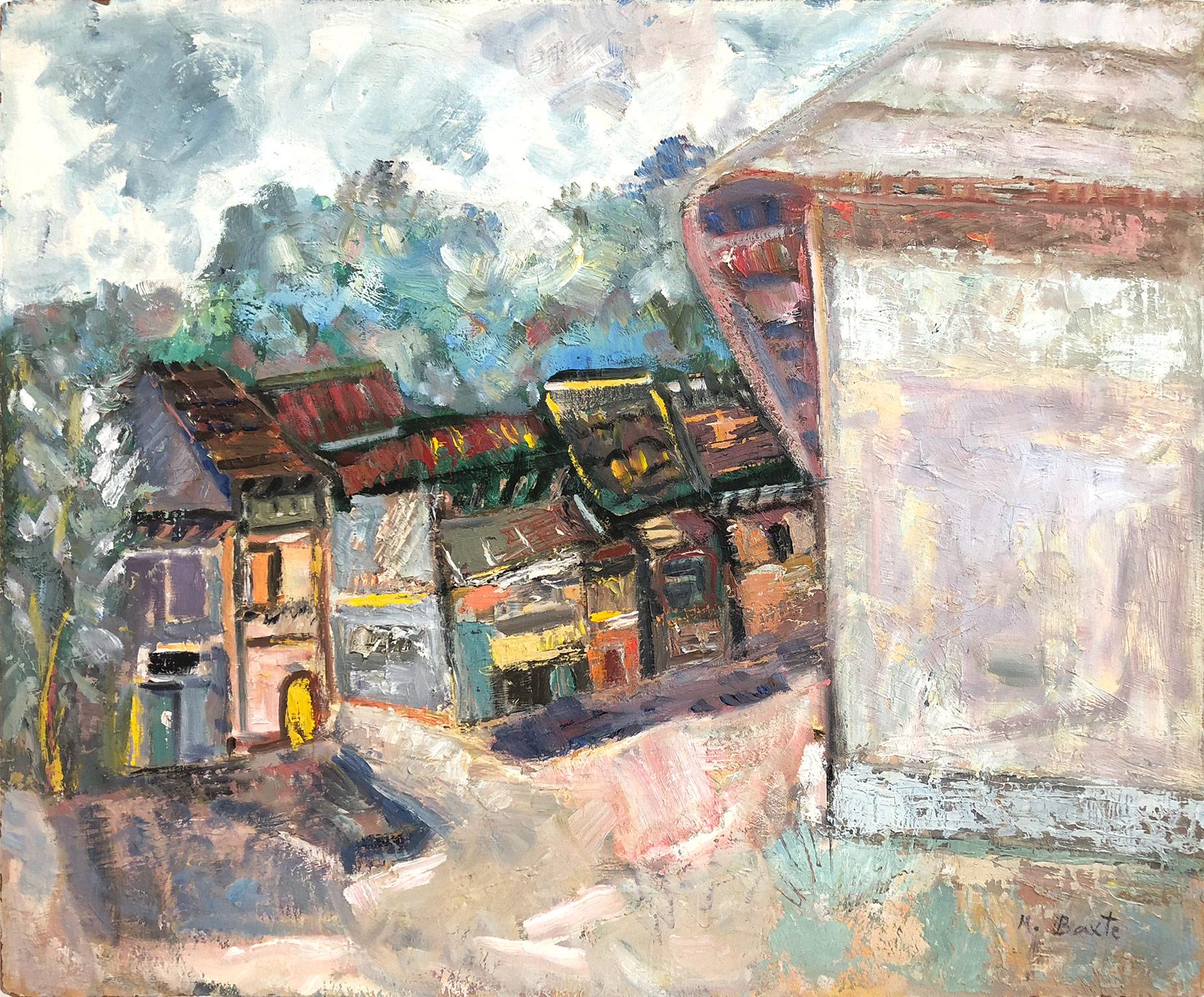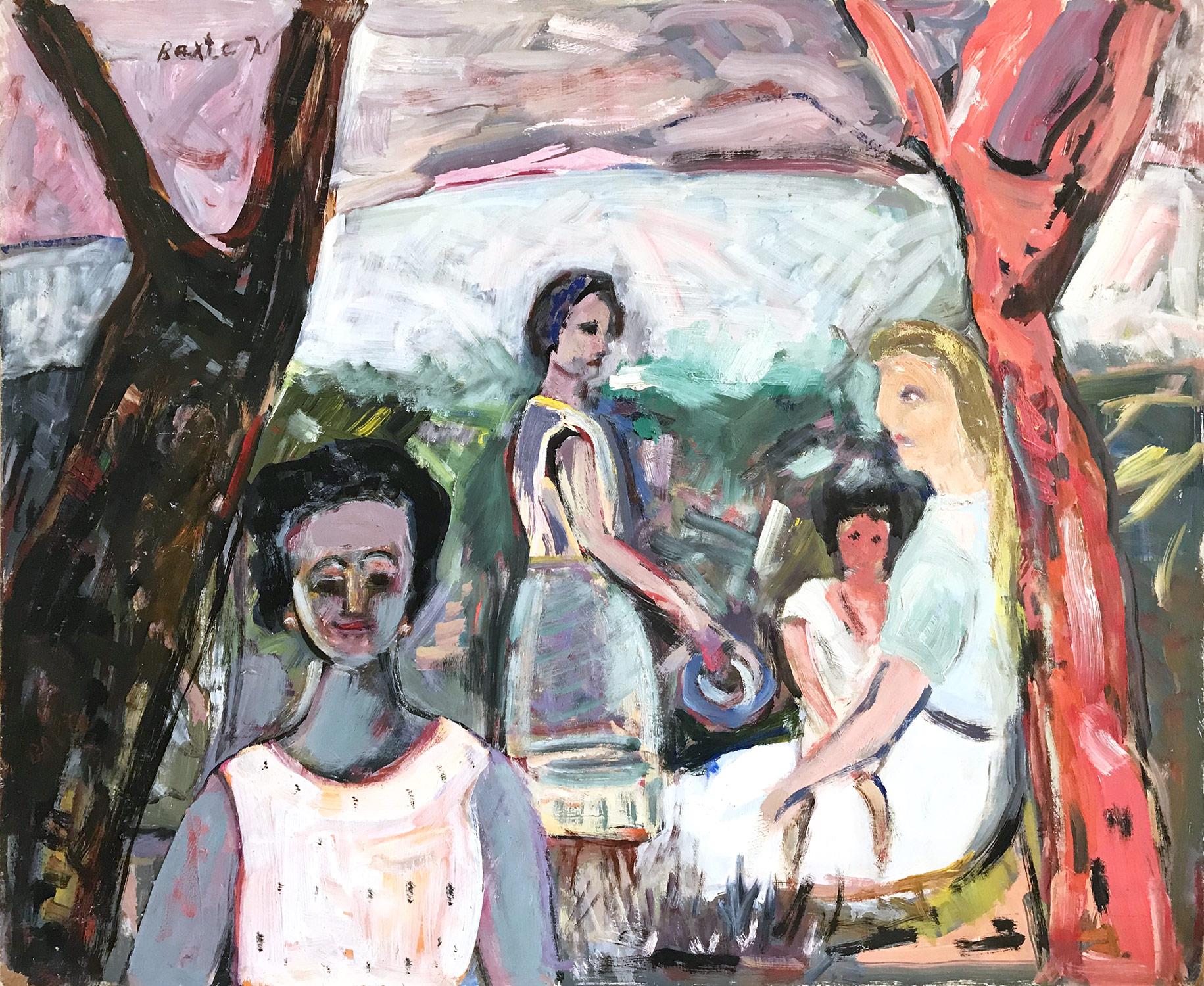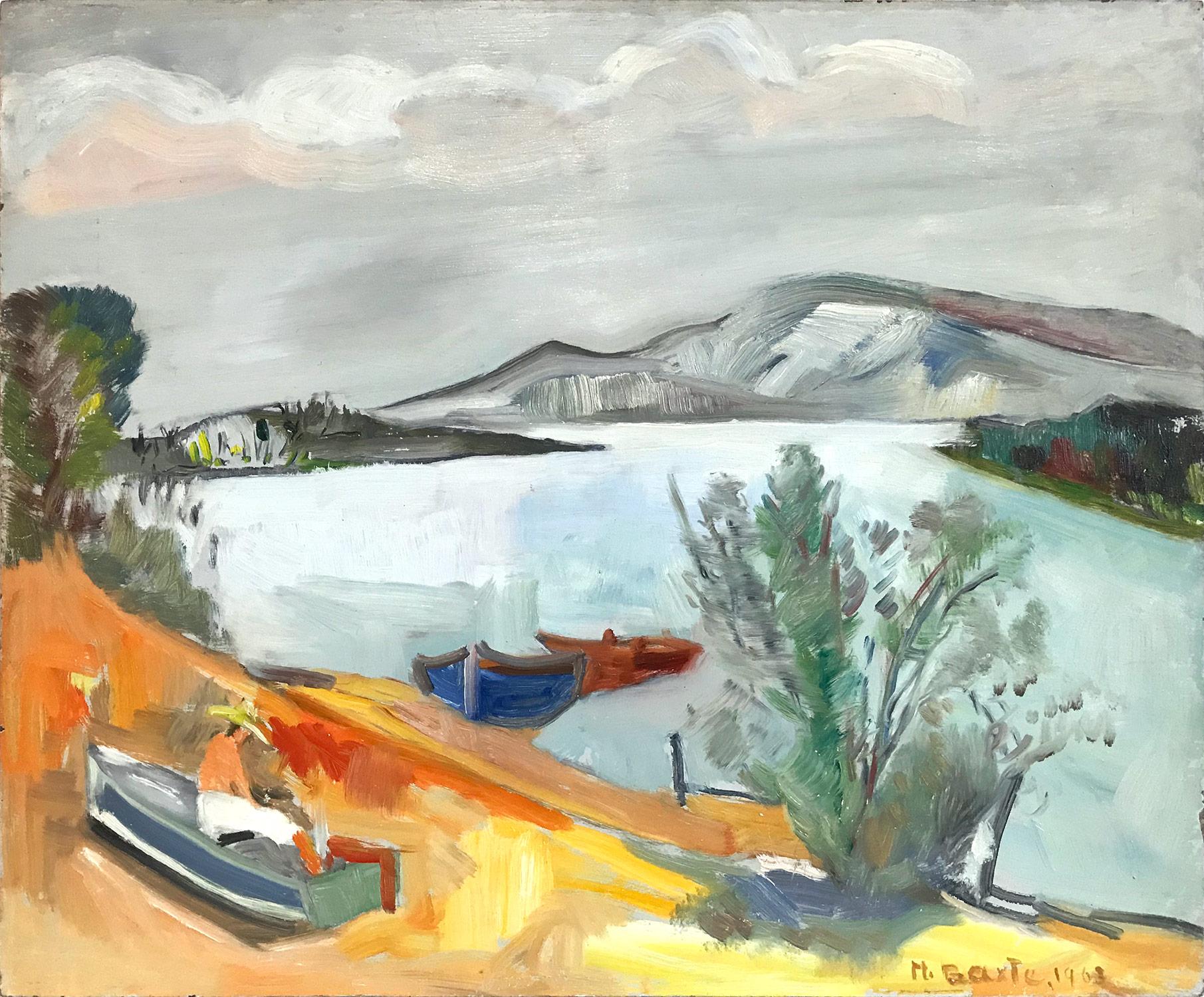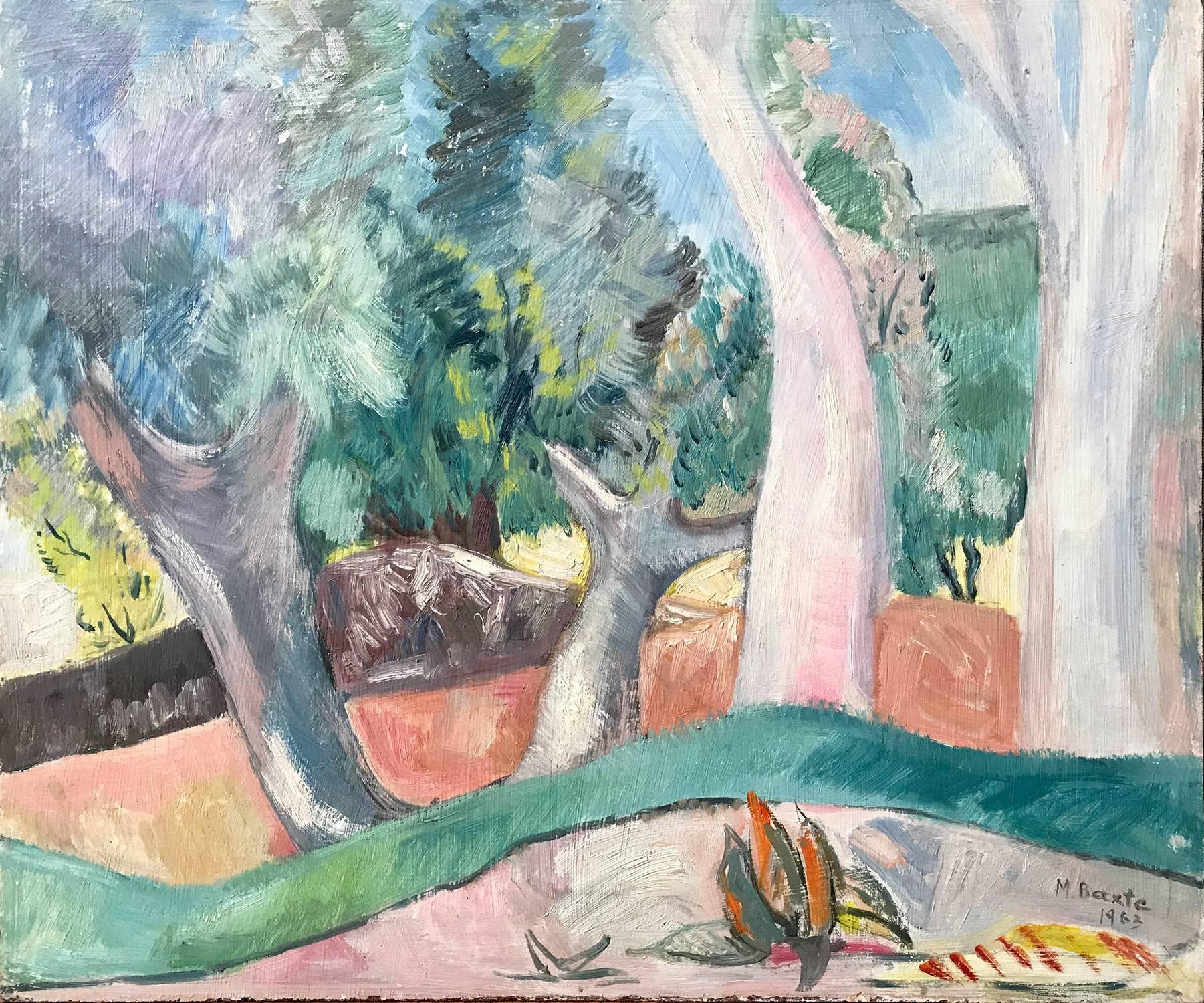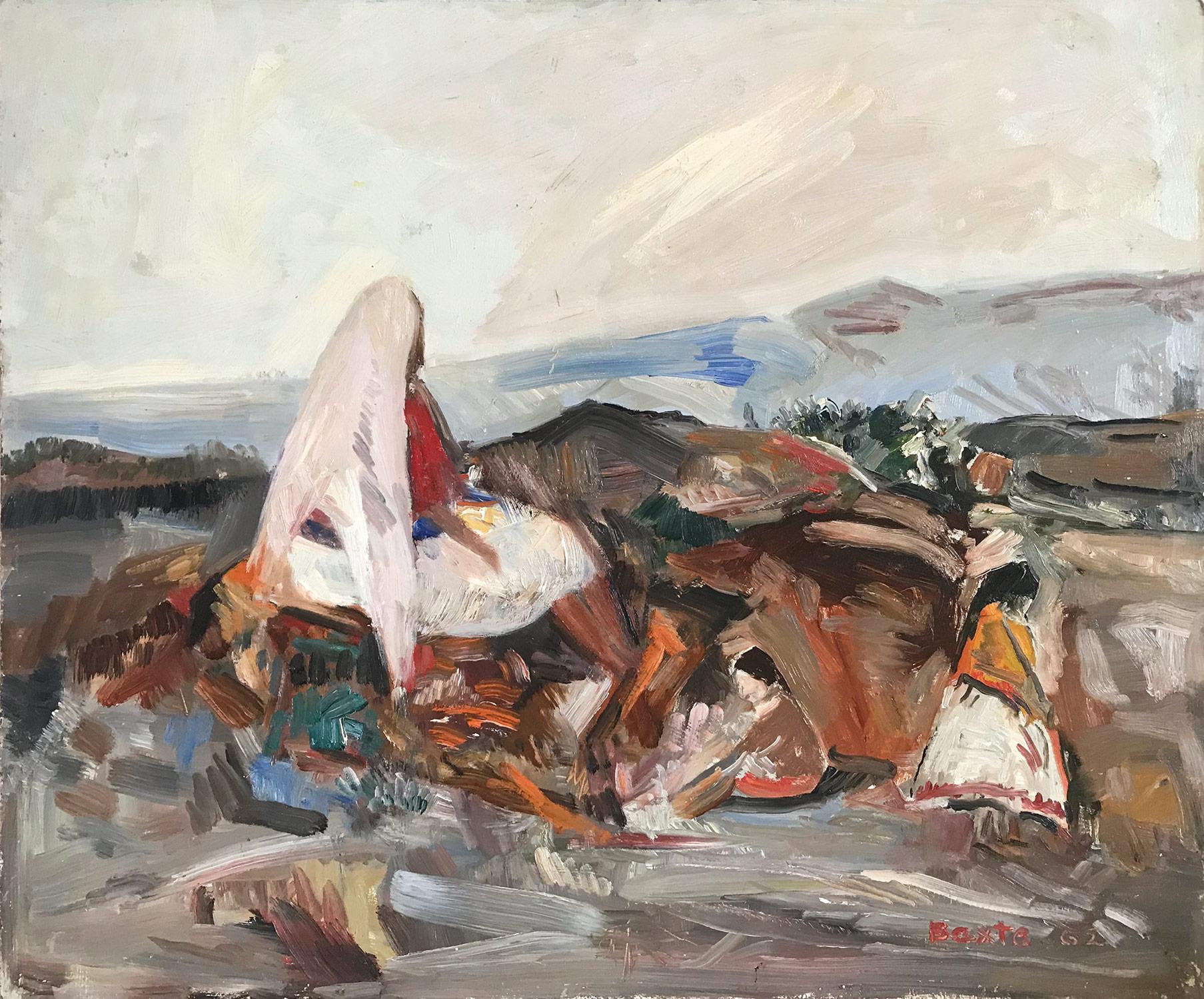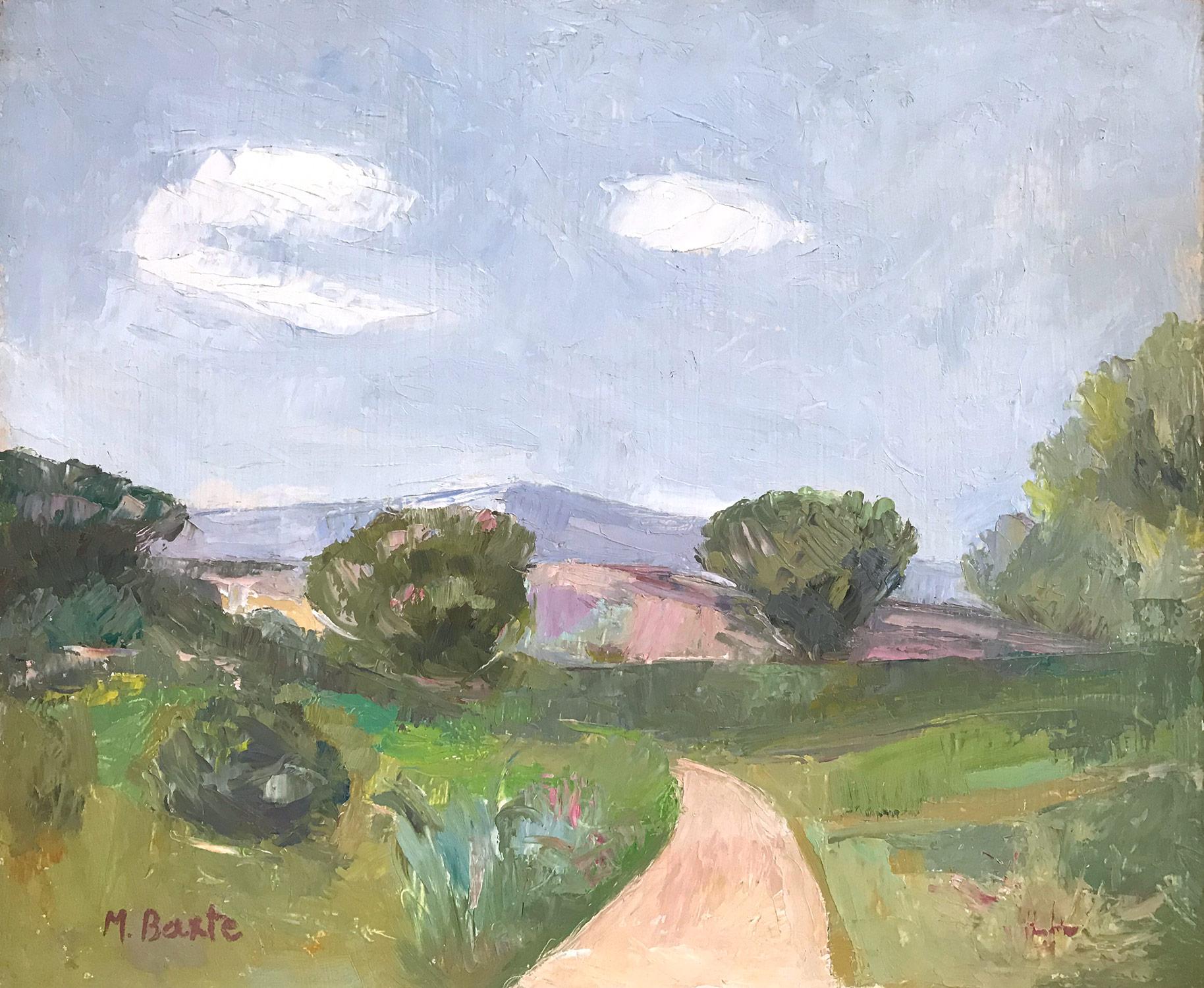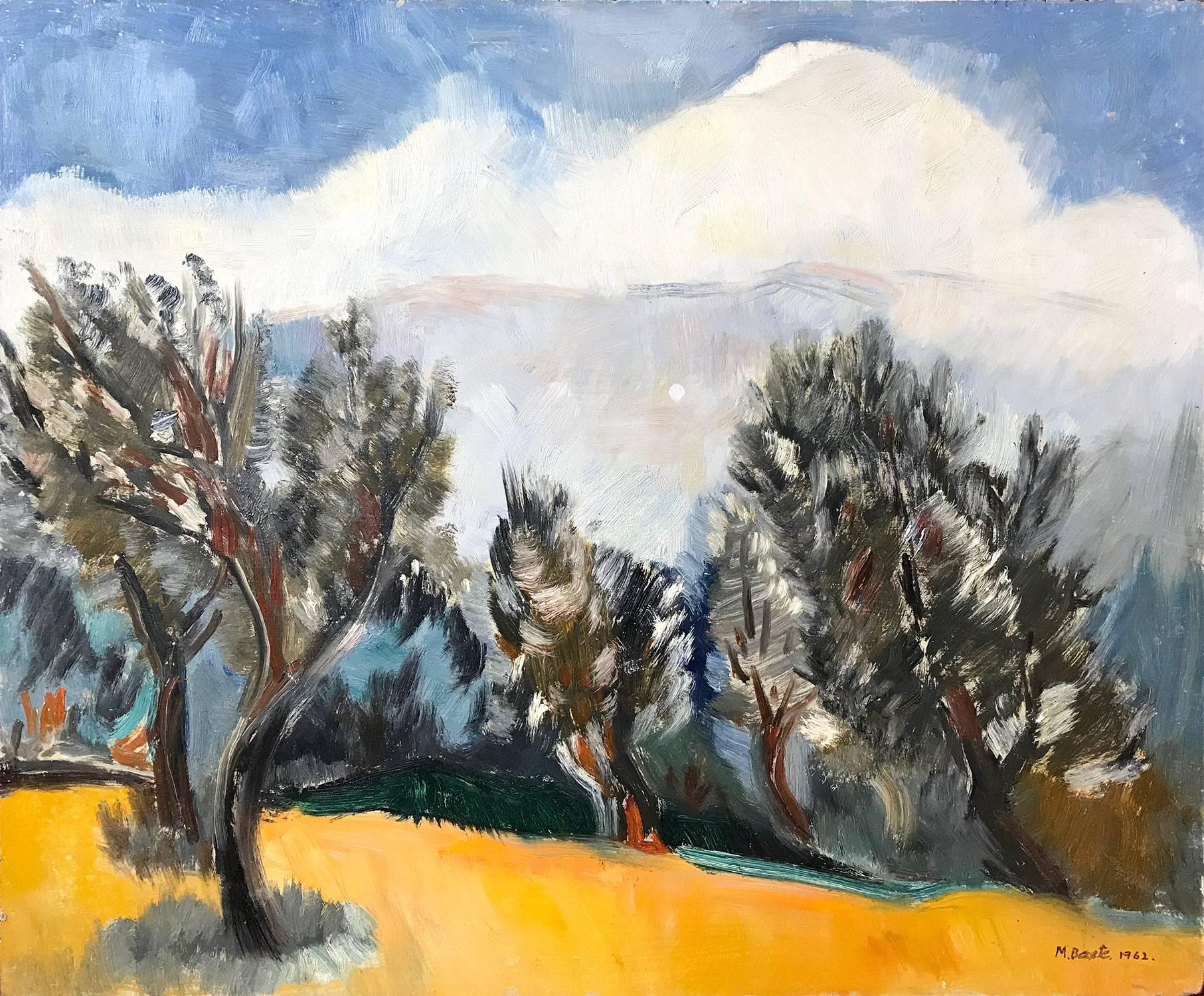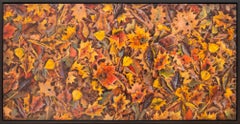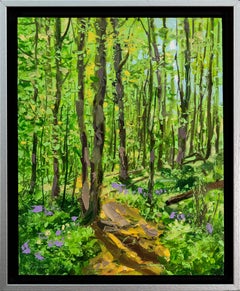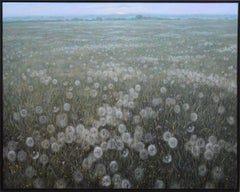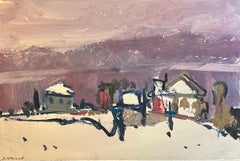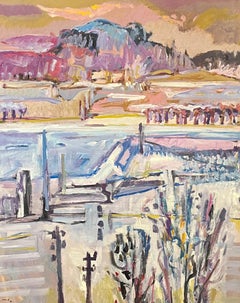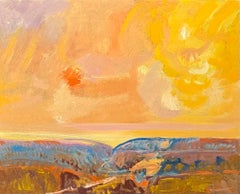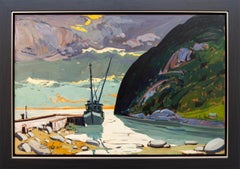
Lac St-Andre a Port au Persil - 20th century, expressionism, oil on board
View Similar Items
Want more images or videos?
Request additional images or videos from the seller
1 of 16
Bruno CôtéLac St-Andre a Port au Persil - 20th century, expressionism, oil on board1983
1983
$9,800List Price
About the Item
- Creator:Bruno Côté (1940 - 2010, Canadian)
- Creation Year:1983
- Dimensions:Height: 24 in (60.96 cm)Width: 36 in (91.44 cm)
- Medium:
- Movement & Style:
- Period:
- Condition:
- Gallery Location:Bloomfield, CA
- Reference Number:1stDibs: LU29110898102
About the Seller
4.9
Recognized Seller
These prestigious sellers are industry leaders and represent the highest echelon for item quality and design.
Platinum Seller
Premium sellers with a 4.7+ rating and 24-hour response times
Established in 2004
1stDibs seller since 2013
368 sales on 1stDibs
Authenticity Guarantee
In the unlikely event there’s an issue with an item’s authenticity, contact us within 1 year for a full refund. DetailsMoney-Back Guarantee
If your item is not as described, is damaged in transit, or does not arrive, contact us within 7 days for a full refund. Details24-Hour Cancellation
You have a 24-hour grace period in which to reconsider your purchase, with no questions asked.Vetted Professional Sellers
Our world-class sellers must adhere to strict standards for service and quality, maintaining the integrity of our listings.Price-Match Guarantee
If you find that a seller listed the same item for a lower price elsewhere, we’ll match it.Trusted Global Delivery
Our best-in-class carrier network provides specialized shipping options worldwide, including custom delivery.More From This Seller
View AllOctober's Cover - contemporary, realist, leaves, landscape, oil on board
By Ciba Karisik
Located in Bloomfield, ON
This oil landscape painting of fall leaves is by Ciba Karisik.
The rich tapestry of colour and form found on a forest floor is captured in this faithful portrayal of fall leaves. Ka...
Category
2010s Realist Landscape Paintings
Materials
Oil, Board
Spring Footpath - contemporary, realism, tree, landscape, oil on board
By Ciba Karisik
Located in Bloomfield, ON
‘Spring, glorious spring’ is celebrated in all its fresh, bright colour in this delightful painting by Ciba Karisik. A path invites the viewer to wander into the woods and experience...
Category
2010s Realist Landscape Paintings
Materials
Oil, Board
Waiting For The Wind (No. 2)
By Ciba Karisik
Located in Bloomfield, ON
This painting reflects the artist's classical training. His painterly technique borders on photorealism, while the painting itself evokes a romantic and nostalgic sense of memory wit...
Category
2010s Contemporary Landscape Paintings
Materials
Canvas, Oil
Est - green, blue, pink, contemporary landscape, acrylic and resin on panel
By Peter Hoffer
Located in Bloomfield, ON
Turquoise, pink and mauve are washed over a classical forested landscape in this horizonal composition by Canadian painter Peter Hoffer. The painting...
Category
2010s Contemporary Landscape Paintings
Materials
Epoxy Resin, Oil, Acrylic, Wood Panel
Last Light - contemporary, realism, forest, landscape, oil on board
By Ciba Karisik
Located in Bloomfield, ON
This realistic oil landscape painting is by an artist whose work is collected internationally.
The peace of a forest glade, the sun filtered through leaf...
Category
2010s Realist Landscape Paintings
Materials
Oil, Board
Mountie - large, figurative, trees, horse, acrylic and oil painting on jute
By Peter Hoffer
Located in Bloomfield, ON
The iconic presence of a Mountie in red serge on a ghostly white horse is set against the backdrop of a mountain landscape. Peter Hoffer's epic paintings evoke nostalgia for classica...
Category
2010s Contemporary Landscape Paintings
Materials
Jute, Oil, Acrylic, Pigment
You May Also Like
Landscape 137 by Jean Krille - Oil on Masonite 40.5x61 cm
By Jean Krille
Located in Geneva, CH
Jean Krillé’s paintings are known for their expressive use of color and dynamic, abstract forms, blending realism with abstraction in his depictions of nature. His landscapes often f...
Category
Late 20th Century Expressionist Landscape Paintings
Materials
Masonite, Oil
Landscape 151 by Jean Krille - Oil on Masonite 80x100 cm
By Jean Krille
Located in Geneva, CH
Jean Krillé’s paintings are known for their expressive use of color and dynamic, abstract forms, blending realism with abstraction in his depictions of nature. His landscapes often f...
Category
Late 20th Century Expressionist Landscape Paintings
Materials
Masonite, Oil
Landscape 152 by Jean Krille - Oil on Masonite 80x100 cm
By Jean Krille
Located in Geneva, CH
Jean Krillé’s paintings are known for their expressive use of color and dynamic, abstract forms, blending realism with abstraction in his depictions of nature. His landscapes often f...
Category
Late 20th Century Expressionist Landscape Paintings
Materials
Masonite, Oil
"Mexican Landscape Water Scene with Figures and Boat" Expressionistic Style
By Michael Baxte
Located in New York, NY
A strong modernist oil painting depicted in the Mid Century by Russian painter Michael Baxte. Mostly known for his abstracted figures on canvas or street scenes, this piece is a wond...
Category
Mid-20th Century Expressionist Landscape Paintings
Materials
Oil, Masonite
"Colorful Mexican Village Scene" Expressionistic Oil Painting on Masonite
By Michael Baxte
Located in New York, NY
A strong modernist oil painting depicted Circa 1960 by Russian painter Michael Baxte. Mostly known for his abstracted figures on canvas or street scenes, this piece is a wonderful representation of his bold still life paintings, with expressive use of color, shape, and form. Later in his career, Baxte explores Expressionism, infusing both European and North American stylistic trends. This piece is from later in his career, but we can feel this underlying style throughout.
Art measures 18 x 21.75 inches
Michael Posner Baxte was born in 1890 in the small town of Staroselje Belarus, Russia. For the first half of the 19th century it was a center of the Chabad movement of Hasidic Jews, but this group was gone by the middle of the 19th century. By the time the Baxte family immigrated to the United States at the beginning of the 20th century, the Jewish population numbered only on the hundreds. The native language of the Baxte family was Yiddish. It is likely that the death of Michael Baxte’s father triggered the family’s immigration. Three older brothers arrived in New York between 1903 and 1905. Michael and his mother, Rebecca, arrived in 1907. By 1910 Michael, his mother, and brother, Joseph, were living in New Orleans and may have spent some time on a Louisiana plantation. Around 1912, Michael Baxte returned to Europe to study the violin. In 1914 he, his mother, and Joseph moved to New York City.
Meanwhile, in Algeria, a talented young woman painter, Violette Mege, was making history. Since for the first time, a woman won the prestigious Beaux Art competition in Algeria. At first, the awards committee denied her the prize but, with French government intervention, Mege eventually prevailed. She won again 3 years later and, in 1916, used the scholarship to visit the United States of America. When Violette came to New York, she met Baxte, who was, by then, an accomplished violinist, teacher, and composer. Baxte’s compositions were performed at the Tokyo Imperial Theater, and in 1922 he was listed in the American Jewish Yearbook as one of the prominent members of the American Jewish community. As a music teacher he encouraged individual expression. Baxte stated, “No pupil should ever be forced into imitation of the teacher. Art is a personal experience, and the teacher’s truest aim must be to awaken this light of personality through the patient light of science.”
By 1920 Michael Baxte and Violette Mege were living together in Manhattan. Although they claimed to be living as husband and wife, it seems that their marriage did not become official until 1928. On their “unofficial” honeymoon around 1917, in Algiers, Baxte confided to her his ambition to paint. There and later in New Mexico where the wonderful steeped sunlight approximates the coloring of Algiers, she taught him his heart’s desire. He never had any other teacher. She never had any other pupil. For ten years she devoted all her time, energy, and ambition to teaching, encouraging, inspiring him. Then in 1928, their mutual strivings were rewarded, as his works were being chosen as one of the two winners in the Dudensing National Competition for American Painters. Out of 150 artists from across the country participated in the Dudensing, and Michael Posner Baxte and, Robert Fawcett, were the winners.
In his 1924 naturalization application, he indicated that he was sometimes known as “Michael Posner Baxte.” One of the witnesses to his application was Bernard Karfiol, a Jewish American artist. That’s when Michael may...
Category
1960s Expressionist Landscape Paintings
Materials
Oil, Masonite
"Mexican Landscape Scene with Female Figures and Child" Expressionistic Style
By Michael Baxte
Located in New York, NY
A strong modernist oil painting depicted in the Mid Century by Russian painter Michael Baxte. Mostly known for his abstracted figures on canvas or street scenes, this piece is a wond...
Category
1970s Expressionist Figurative Paintings
Materials
Oil, Masonite
Recently Viewed
View AllMore Ways To Browse
Arthur Lismer
Bruno Cote
Marc Aurele Fortin
Maritime Oil Paintings
Klimt Gustav
Boats On A Beach
Monet Oil Paintings
Pastoral Landscapes
Cottage Oil Painting
French Oil Painting 1900
Famous Impressionist Paintings Signed
Oil Painting Arches
Dior 2006
Midcentury Boat Painting
19 Century Landscape Oil Painting
Rain Oil Painting
Robert Day Paintings
George Washington Signed
